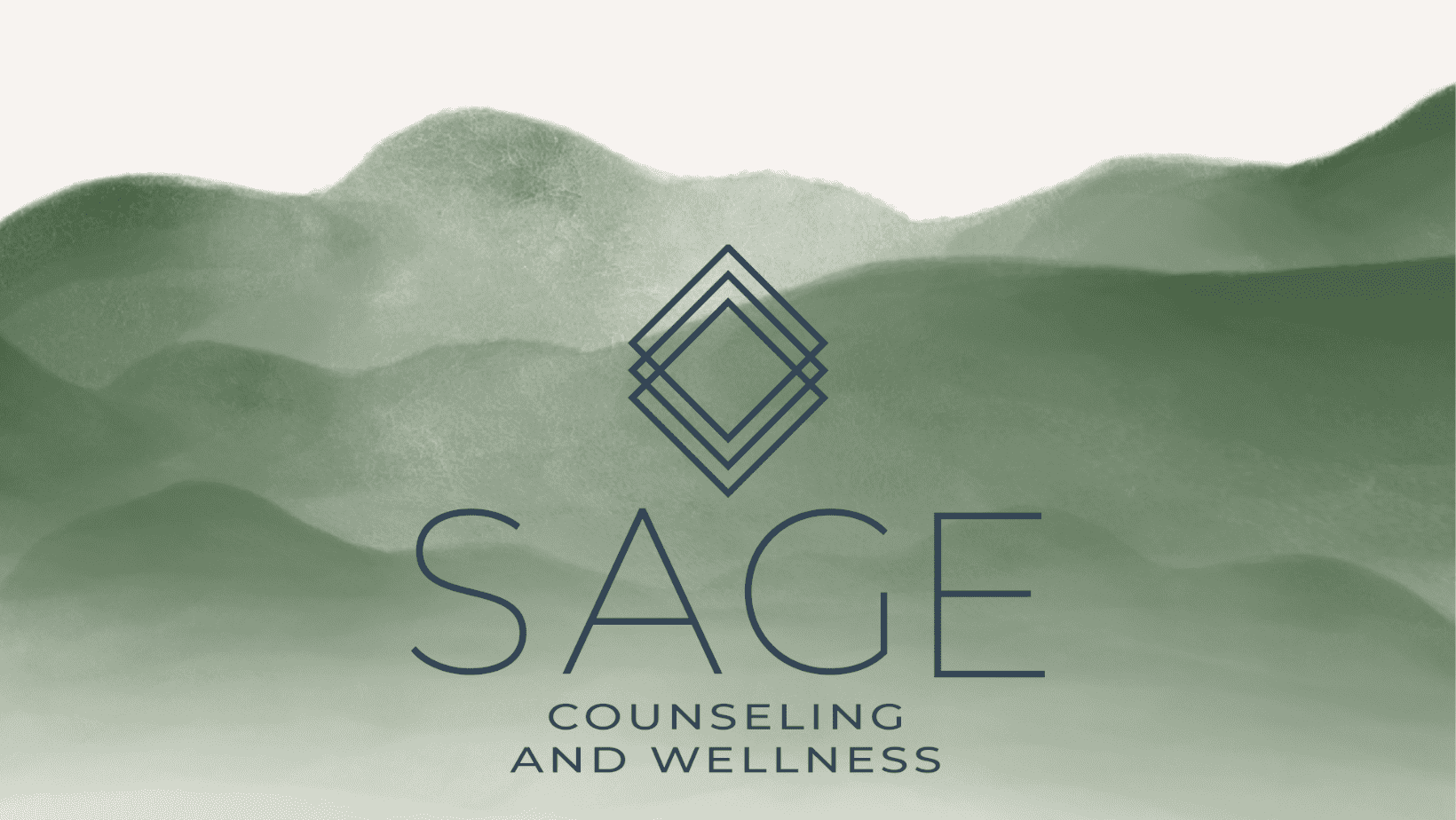
How to Set Technology Boundaries in the Digital Age
This post may contain affiliate links, which means we may receive a commission, at no extra cost to you, if you make a purchase through a link. Please see our full disclosure https://sagecounselingtherapyandwellness.com/disclosure-privacy-policy-terms-of-use/ for further information.
In today’s digital age, technology is deeply intertwined with our daily lives, offering endless opportunities for connection, productivity, and entertainment. However, the constant presence of devices and digital platforms can blur the line between work and personal life, leading to stress, burnout, and diminished well-being. Setting technology boundaries has become essential for maintaining a healthy balance and ensuring that our digital habits serve us rather than overwhelm us. This guide explores practical ways to establish technology boundaries that promote a healthier, more mindful relationship with our digital world.
1. Define Clear Technology-Free Zones
Designating technology-free zones in your home or workspace is a powerful way to create physical boundaries that promote mental and emotional well-being. These zones, such as the bedroom, dining room, or specific parts of the house, serve as sanctuaries from the constant digital buzz. Keeping devices like smartphones, tablets, and laptops out of these areas encourages activities that promote relaxation, human interaction, and mindfulness. For instance, a technology-free bedroom can significantly improve sleep quality, as the absence of screens helps reduce exposure to blue light, which can disrupt your natural sleep cycle. Similarly, a device-free dining room encourages meaningful conversations during meals, allowing family members or roommates to connect without the distraction of technology. Establishing these zones creates a healthier environment and sets an example for children and others in the household about the importance of balance in our digital lives.
2. Set Specific Times for Digital Detox
Incorporating regular digital detox periods into your daily routine is essential for managing the mental exhaustion of constant technological use. For example, setting aside an hour before bedtime as a screen-free period can significantly improve sleep quality, allowing your mind to wind down naturally without stimulating digital devices. Mealtimes are also an excellent opportunity for digital detox; by leaving phones and other devices out of the dining area, you can fully engage in eating and enjoy the company of those around you. Weekend mornings or designated evenings can also serve as extended detox times, where you might opt for activities such as reading, exercising, or spending time outdoors. These intentional breaks from technology help you reset, reducing digital dependence and enhancing your capacity for focus and creativity.
3. Manage Notifications and App Usage
Our devices constantly grasp our attention every time a notification pops up. This constant stream of alerts can lead to less focus, where productivity suffers, and stress levels rise due to the continuous attention it takes. Control of your notification settings and app usage is important to counter this. Start by auditing which notifications are essential; for instance, do you need to be alerted every time a social media app has a new post, or could you change the settings to only focus on the main ones to you?
Consider turning off non-essential notifications or setting “Do Not Disturb” periods, especially during work hours or personal time. Additionally, many smartphones offer tools that track screen time and app usage, allowing you to set daily limits for specific apps. Reducing the frequency of notifications can better protect your focus and minimize the anxiety that comes from feeling constantly connected to your device. This approach empowers you to use technology more intentionally rather than letting it dictate your attention and time.
4. Establish Boundaries for Work and Personal Time
The flexibility of remote work and the digital communication tools have made working from anywhere at any time easier. While this can be convenient, it also means that work can easily intrude on personal time, leading to burnout and a sense of being “always on.” To maintain a healthy work-life balance, it’s essential to establish clear boundaries that separate work from personal time. This might involve setting strict work hours and adhering to them, even when working from home. Create a dedicated workspace you can leave at the end of your workday, reinforcing the transition from work mode to personal time. Avoid checking work emails or messages outside these hours, and communicate your availability to colleagues and clients. Setting these boundaries protects your time and reduces the risk of work-related stress spilling into your off hours. This enhances your productivity during work hours and allows you to fully engage in and enjoy your personal time, free from the pressure of work obligations.
5. Encourage In-Person Connections
In an era where digital communication has become the norm, it’s easy to forget the value of in-person interactions. While video calls, messaging apps, and social media have made it easier to stay connected across distances, they cannot fully replicate the depth and quality of face-to-face connections. In-person interactions offer non-verbal cues, body language, and a level of presence that digital communication simply cannot match.
To foster these meaningful connections, make a conscious effort to prioritize real-world meetups with friends, family, and colleagues. This might involve scheduling regular coffee dates, family dinners, or team-building activities that require everyone to be present without distracting devices. Engaging in shared activities, such as playing sports, attending events, or simply walking, can strengthen bonds and provide a more rewarding social experience. By valuing and prioritizing in-person interactions, you reinforce the importance of being present with others, which can enhance relationships and improve mental health.
Technology boundaries are not just a luxury, but a necessity for protecting our mental health, productivity, and overall well-being in the current digital age. We can cultivate a healthier relationship with our devices by defining technology-free zones, setting specific times for digital detox, managing notifications, establishing work-life boundaries, and prioritizing in-person connections. These boundaries help ensure that technology enhances our lives without overwhelming us, allowing us to enjoy the benefits of the digital world while maintaining balance and control. So, let’s not forget the power of setting boundaries in this digital age since it’s not about disconnecting but about reconnecting with what truly matters.
To discuss how therapy could help you during this season of your life, please contact me or schedule your free 15 minute consultation.
Resources:
Bledsoe, K. (2023, November 6). Prioritizing meaningful connections in a digital age. Trevecca Blog. https://blog.trevecca.edu/thehill/prioritizing-meaningful-connections-in-a-digital-age
B, R. (n.d.-a). Creating Digital Boundaries: Having a Strategy for Managing Technology. Creating Digital Boundaries: Having a strategy for managing technology. https://www.weber.edu/academicpeercoaching/blog/digital-boundaries.html
Social Media Resilience. (2023, January 10). How to set boundaries with technology to improve digital well-being. How to set boundaries with technology to improve digital well-being – Social Media Resilience. https://www.socialmediaresilience.co.uk/blog/how-to-set-boundaries-with-technology-to-improve-digital-wellbeing
Thurman, V. (2024, January 25). Strategies for establishing Healthy Technology Boundaries. Miriam School and Learning Center. https://www.miriamstl.org/aboutmiriam/news/post-details/~board/blogs/post/strategies-for-establishing-healthy-technology-boundaries
Want to read more? Here are a few of my related blog posts you may be interested in checking out!




0 Comments